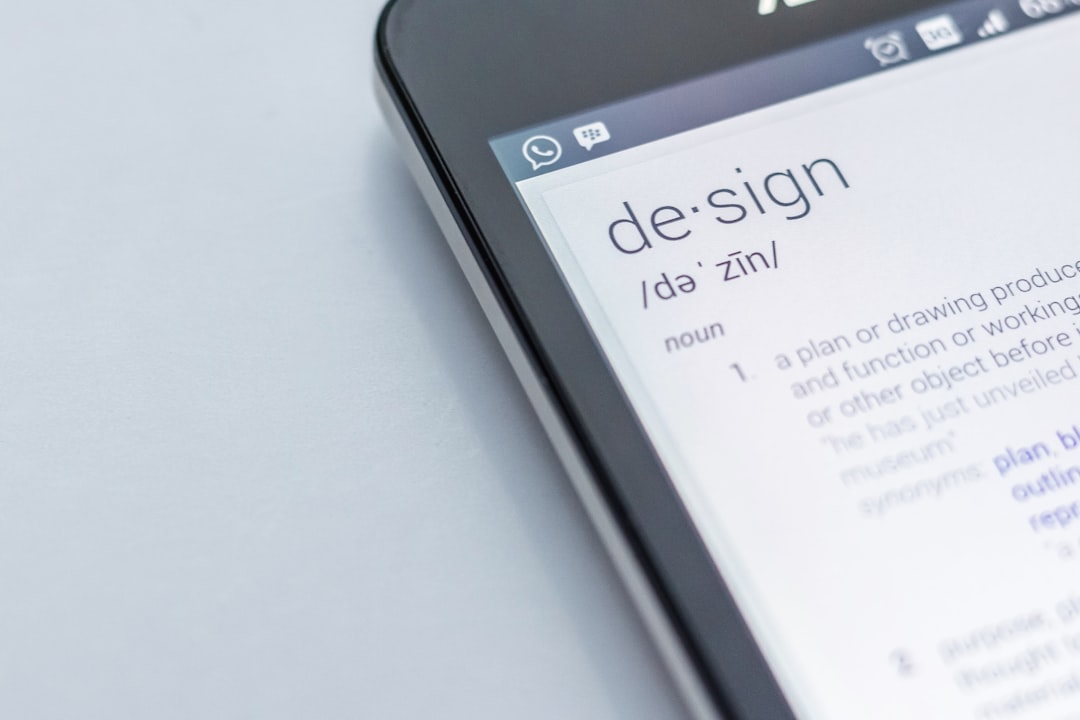
Enhancing Digital Experiences through Agile Design and Input-Focused Structure
In today’s rapidly evolving digital landscape, enhancing user experiences is paramount for businesses seeking to maintain a competitive edge. Agile design and input-focused structure have emerged as powerful methodologies that can significantly elevate digital interactions. This article delves into how these approaches can transform digital experiences, making them more intuitive, engaging, and user-centric.
Understanding Agile Design
Agile design is a methodology that emphasizes flexibility, collaboration, and iterative progress throughout the product development cycle. By breaking down projects into smaller, manageable segments, teams can respond to feedback and changes more effectively. This iterative approach not only accelerates the development process but also ensures that the end product aligns closely with user needs.
One key aspect of agile design is the integration of user feedback throughout the development process. Continuous testing and iterations allow designers to refine their products based on real user interactions. This leads to a more polished final product that resonates with its target audience.
The Importance of Input-Focused Structure
An input-focused structure prioritizes user input and interaction as central components of the digital experience. This design philosophy ensures that user needs are at the forefront of digital product development. By focusing on how users interact with a system, designers can create interfaces that are not only functional but also enjoyable to use.
Key Principles of Input-Focused Structure:
#1. User-Centric Design
Understanding that users are diverse with varying needs is crucial. Input-focused design involves creating personas and user journeys to better visualize how different users will interact with the product.
#2. Accessibility
An effective input-focused structure ensures that digital experiences are accessible to everyone, including individuals with disabilities. Implementing accessibility standards is not just a regulatory requirement; it also enhances the overall user experience.
#3. Feedback Mechanisms
Incorporating feedback loops within the user interface allows users to share their thoughts and experiences. This real-time feedback can guide future iterations and foster a sense of community among users.
Current Developments and Trends
The convergence of agile design and input-focused structures is reshaping digital experiences across various industries. For instance, in the e-commerce sector, companies are leveraging agile methodologies to create dynamic, personalized shopping experiences. By continuously analyzing user behavior, businesses can adapt their offerings in real-time to meet evolving preferences.
Case Study: Spotify
Spotify exemplifies the successful integration of agile design and input-focused structures. The platform continuously refines its user interface based on listener feedback and data analytics. Features like personalized playlists and recommendations are a direct result of iterative design processes that prioritize user engagement.
Expert Opinions
According to industry expert Sarah Johnson, “Agile design is not just about speed; it’s about creating a culture of responsiveness and adaptability. When you combine this with an input-focused structure, you create a digital experience that is not only efficient but also deeply resonant with users.”
Practical Applications
To enhance digital experiences using agile design and input-focused structure, organizations can consider the following practical applications:
- User Workshops: Conduct workshops with users to gather insights and co-create solutions.
- Prototyping: Utilize tools like Figma or Adobe XD to create interactive prototypes that can be tested and refined based on user feedback.
- Data Analytics: Employ analytics tools to monitor user behavior and identify areas for improvement.
Further Reading and Resources
To deepen your understanding of agile design and input-focused structures, consider exploring the following resources:
These resources provide valuable insights into the principles and practices that can enhance your digital design efforts.
Conclusion
Enhancing digital experiences through agile design and input-focused structures is not only a trend but a necessity in today’s digital age. By adopting these methodologies, businesses can create products that are user-centric, accessible, and responsive to changing needs. As you embark on this journey, remember to keep the user at the heart of your design process. Engaging with users actively will lead to richer, more rewarding digital experiences that foster loyalty and satisfaction.
Consider exploring agile tools and frameworks that can assist in implementing these practices effectively. Don’t hesitate to share this article with colleagues or friends who are also interested in enhancing their digital strategies. Your thoughts and insights are invaluable, so feel free to leave comments or reach out for further discussion!


